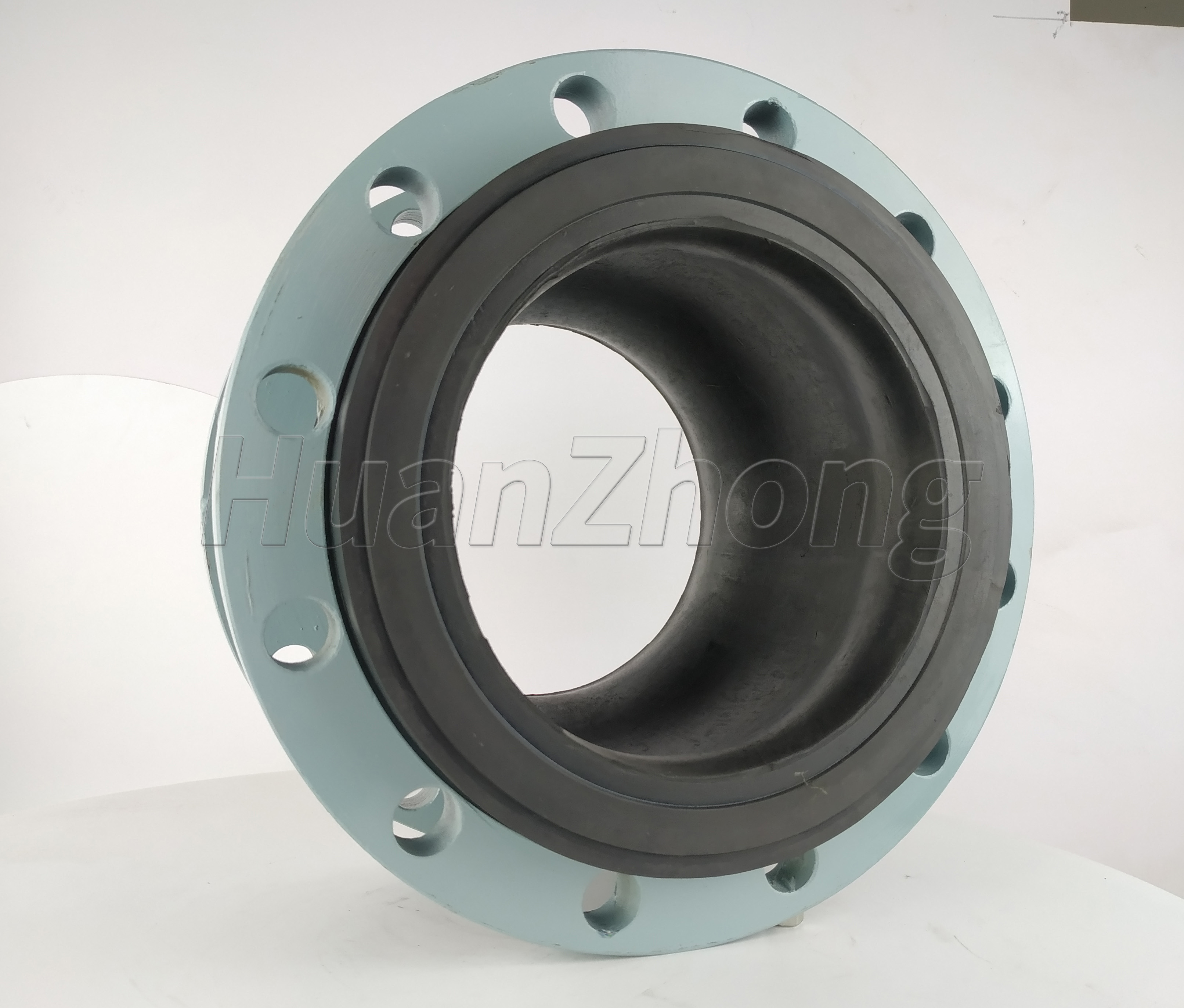What is the role of fluororubber material in rubber joints
As we all know, rubber joints are classified into many kinds of rubber materials, including water, acid and alkali resistance, weak acid and alkali, strong acid and alkali, oil resistance, wear resistance and so on, all of which rely on different rubber materials to ensure the normal transportation of pipelines. So the following is the analysis of Gongyi Runda pipeline for different kinds of rubber, first of all, let's understand the characteristics and advantages of fluororubber.
Fluororubber is a kind of rubber produced by Henan Huanzhong pipeline, its big advantage is the high temperature resistance, the temperature is around 150 degrees, higher than the EPDM temperature. And also has aging resistance, excellent physical and mechanical properties, of course, each material has advantages and disadvantages, the disadvantage of fluororubber is that the solubility of the gas is relatively large, but the diffusion rate is relatively small, so the overall performance of the permeability is also small.
There are many uses of rubber joints in pipelines, and different rubber materials have different effects. Fluororubber can accept high temperature of 150 degrees, which can be well used in special scenarios, but there is a skeleton layer inside the rubber joint, and the acceptable temperature of the skeleton layer is between 70 degrees and 80 degrees, so it is recommended to use fluororubber joints at temperatures between 70 degrees and 80 degrees.
